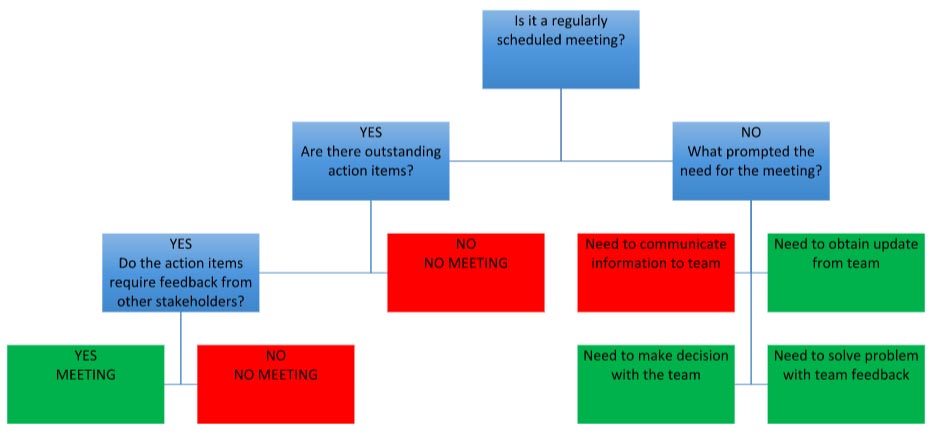4 Steps to Ensure Your Business Meetings Aren't Total Flops After trying all the tips and tricks out there, I can up with the best way to ensure meetings are beneficial, not time wasters.
By Sarah Haselkorn Edited by Dan Bova
Opinions expressed by Entrepreneur contributors are their own.

Meetings have become the default platform for planning and problem solving at companies large and small alike.
Meetings aren't all bad, but the standards around them have slipped, and it is time to rethink how and when we have meetings. Everyone approaching this issue has their own technique, but I've explored all the tips and tricks and tried them out with my team to find the optimal way to approach meetings. Efficient and productive meetings drive the workforce to create an efficient and productive company, so before you send out that calendar invite to your team for another meeting, follow these four steps to holding productive meetings:
1. Determine if a meeting is necessary
The first step to productive meetings is ensuring that it is absolutely critical to hold a meeting in the first place. Even with a recurring meeting, sometimes it is not necessary to meet for an update. If you can recognize when it is OK to skip a standing meeting, everyone will gain valuable time back on their calendars.
Related: Tired of Useless Meetings? 9 Ways to Make Them More Effective. (Infographic)
Even among our remote team at Unfettered Socks, we only have conference calls when absolutely necessary. We all know our own responsibilities, and we send updates to each other to keep everyone informed, but we only hold meetings when there is a critical decision to make as a team. At that time, we also use our call as a platform to share updates and receive feedback, but we keep it simple and to the point.
2. Decide who needs to attend
Send out an invite to the stakeholders that need to attend the meeting. Keep the invite list down to the critical attendees to limit the amount of productive time wasted. The fewer people there are in the room, the easier it will be to come to a result. Plus, the more people disrupted from their day means more valuable time wasted as they are not producing work during meetings.
This is more applicable to large teams, but it is a critical factor to consider when trying to optimize the output of a company. It is crucial that all necessary parties attend, and that diverse opinions are considered during decision-making, but there is a point of diminishing returns when it comes to ideas. Even though each team member is important to the organization, there can still be too many cooks in the kitchen at times.
3. Develop a routine
Every component of the meeting is critical – before, during, and after. It is important to standardize the process so that each meeting has a consistent output to ensure results. Sticking to the routine will help you move through the material you need to cover at an increasingly efficient pace over time.
Pre-meeting: Owner sends out topic, agenda, and asks
Meeting: Follow the agenda, create action items, assign tasks with due dates, schedule follow-up (either meeting or time for owner to send out wrap-up information)
Post-meeting: Owner sends out action items with due dates for accountability
Our CEO sends out an agenda prior to the conference call laying out the key topics of the discussion and who will be responsible for specific updates. He makes sure to send questions to think about individually so that we all come to the meeting with a thought-out opinion for the decision-making process. After the meeting he sends a recap of the urgent, short-term and long-term items, with owners assigned to each.
Reltaed: 4 Ways to Transform Meetings From Run-of-the-Mill to High Impact
4. Do not stray from the agenda
It is important to stay on task during the meeting. Though it might be fun to have everyone in the room working together, there should be other times for catching up or discussing other topics. Keep the conversation limited to the relevant items in order to reduce the meeting time. The meeting owner is responsible for keeping everyone focused and sticking strictly to the agenda to make sure everything gets accomplished. Staying focused can sometimes be a challenge, particularly with a remote team. We always want life updates, but we have to hold ourselves accountable and save the personal topics for the end to preserve our focus.
These four steps for holding productive meetings are crucial for getting the most out of your time, and following them will help keep your team happy, focused, and productive.
Related:












